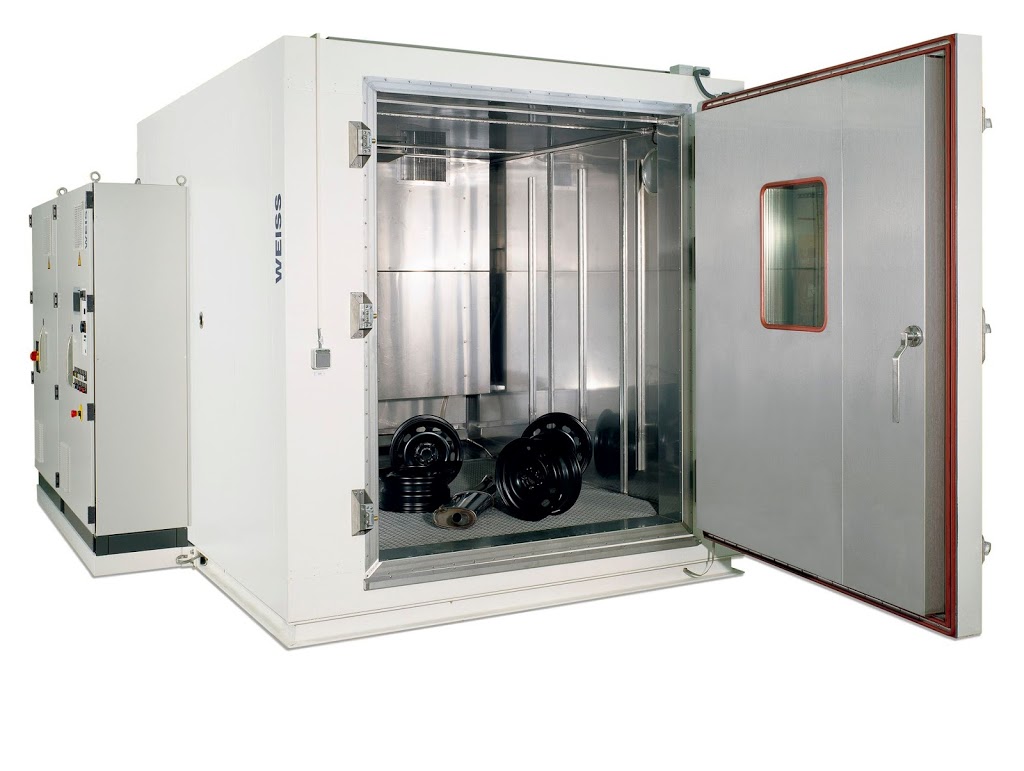Concrete is one of the most versatile materials used in constructing many famous structures seen today. The main qualities of concrete are its strength, longevity, and ability to withstand harsh forces of nature, which is testament to many of the Roman buildings that still stand to this very day. However, concrete is also very complex and can hide inherent faults, invisible to the naked eye, but could adversely affect its properties.
Condensation
First impressions of concrete shows it a very dry and strong substance, but it is a very porous material and can absorb moisture from its surroundings. The moisture that finds its way into concrete can fundamentally alter the properties of concrete and could damage the surface coating that is usually put on top of a concrete floor or slab. This moisture could come in from below the slab or also from above, which is why it is prudent to test the concrete surface for moisture content before deciding on the type of last finish. A simple home test is to tape section of plastic on another section of concrete floor and leave it for at least 24 hours; any visible dampness on the floor or condensation on the plastic piece means there is excess moisture in the concrete.
Sensitive Results
There are a couple of professional tests that could be done to quantify the amount of moisture in a concrete slab; the concrete in-situ test or the F2170 test. The in-situ RH test the tester inserts a micro-sensor probe into a hole drilled in the test concrete through a sleeve. The sensor gives the reading immediately, and is rates as the most accurate relative humidity test for concrete, because the probes are relatively unaffected by ambient or environmental changes on the surface. This test is the one that is most accepted because it gives prediction of how much moisture may occur on the slab surface in the future. Based on these readings, the floor coating or covering could be determined, applied, and will hopefully last for a very long time without any problems.
Prevention
Another test to quantify the percentage of relative humidity in a concrete slab or flooring is the F2420 test of the concrete surface and is also known in the industry as The Hood Test. The reason for doing this test is that moisture permeates from the concrete slab or floor and could retard or affect the different types of floor systems. The floor coverings could be made of wood, textile or special epoxy or rubber coatings, and excessive moisture coming from the concrete base could damage these coatings or coverings. The manufacturers of these floors usually perform specific tests of moisture and/or humidity before they do any kind of installation over the concrete floor slabs.
By selecting professional certified technical laboratories for concrete testing, you can rest assured that any coating done on concrete will last for a long time.
Advanced Moisture Testing an ICRI certified company and experts in moisture testing carry relative humidity tests to properly gauge the floor problems and give you correct installation. Please visit http://www.advancedmoisturetesting.com/ for more details.
Article Source: http://EzineArticles.com/expert/Luke_Harper/1765128
Article Source: http://EzineArticles.com/8885834

